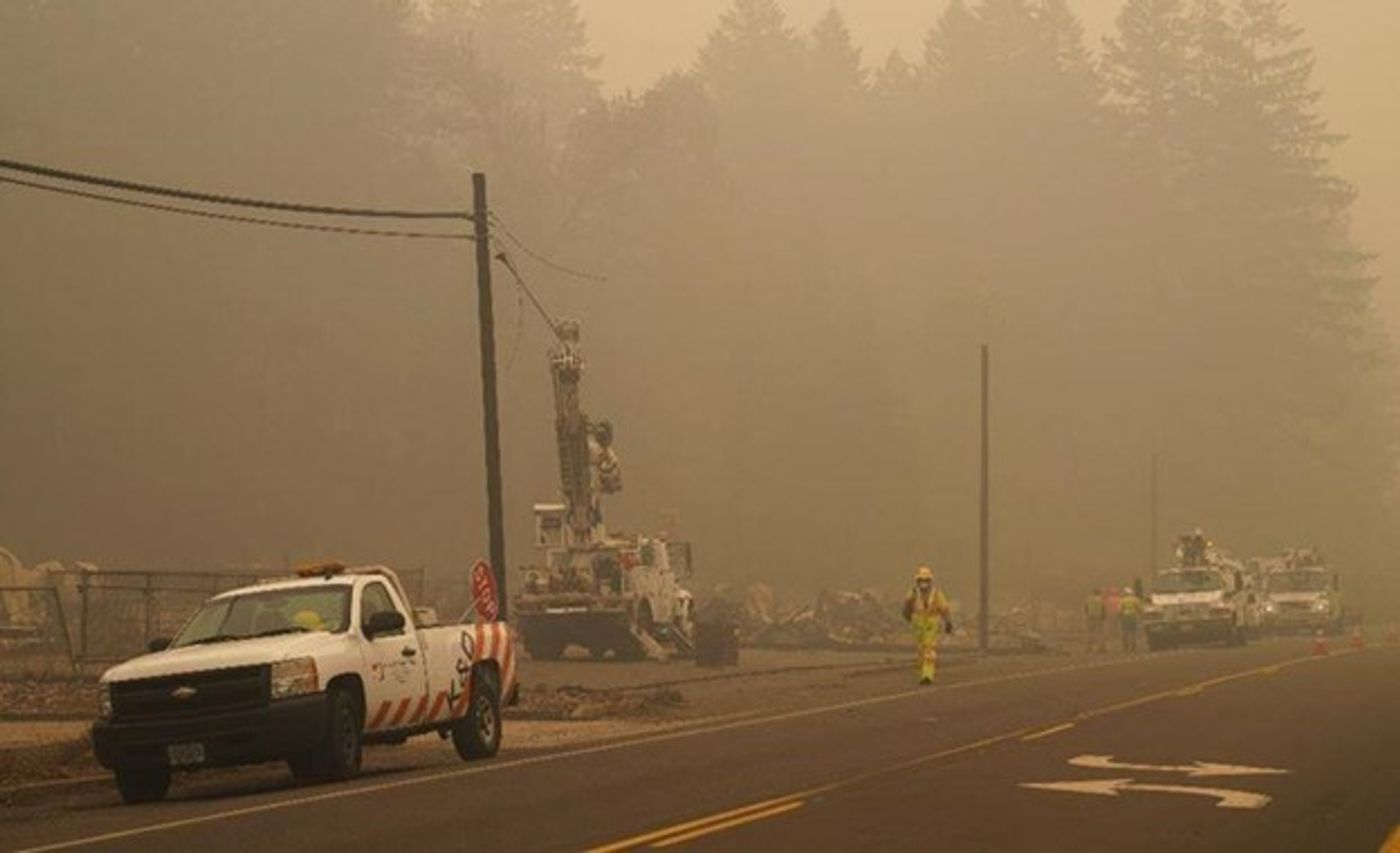2021 Fire Season in California on Track to beat 2020: The Worst Year on Record
As of August 18, 2021, the Dixie fire grew to over 500,000 acres making it the second largest fire ever recorded in California history. However, at the rate it is expanding, it may soon take first place.
Historically, the largest and most destructive forest fires were ‘complex fires’, meaning that multiple separate, singular, fires join together to create one massive fire, like the Glass Fire in Napa County. While many of the most destructive fires in recent history have been complex in nature, the Dixie fire is challenging this trend by swallowing entire towns as a singular entity. Recently, the fire destroyed the entirety of the historic 19th century down of Greenville, CA on its own. The Dixie fire is now only 35% contained and is spreading rapidly across towns in the Sierra Nevada foothills.
Simultaneously, near Sacramento, the Caldor fire has emerged as yet another threat. This is not only due to its rapid growth, but also that it has the potential to become a ‘complex fire’ by joining with the Dixie fire or a new fire that has begun in Lake County, CA.
A complex fire is an amalgamation of two or more rapidly exploding fires. This is the worst-case scenario, meaning that entire towns can be surrounded by flames at all angles. For rural towns with few access points this can be a potentially fatal situation. Fires can jump highways, waterways, and entire valleys with the right wind conditions. That is why it is important to evacuate as soon as possible.
The Caldor fire has been able to grow to such proportions due to a perfect storm of conditions caused by human error, the worst drought on record, and extremely high temperatures. Should these fires combine to become one complex entity, they would present an almost insurmountable threat to the state of California.
Additionally, we are still almost a month away from the 'official' start of the California fire season. Seeing singular fires of this magnitude and destruction does not bode well for the eventual complex fires that may emerge in the immediate future. The most likely causes of which are, lightning storms - a phenomenon where thunderstorms pelt the dry landscape with lightning instead of water- and human error. Time will tell what type of damage will be done this fire season and those still to come in the future.
Sources: Cal Fire, Newsweek, NPR, SF Gate, National Park Service, San Francisco Chronicle









